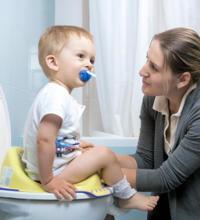Shingles Pictures

Warning

Shingles

Shingles on the Foot

Shingles Rash

Shingles Blisters

Shingles on the Face

Crusted Shingles Blisters
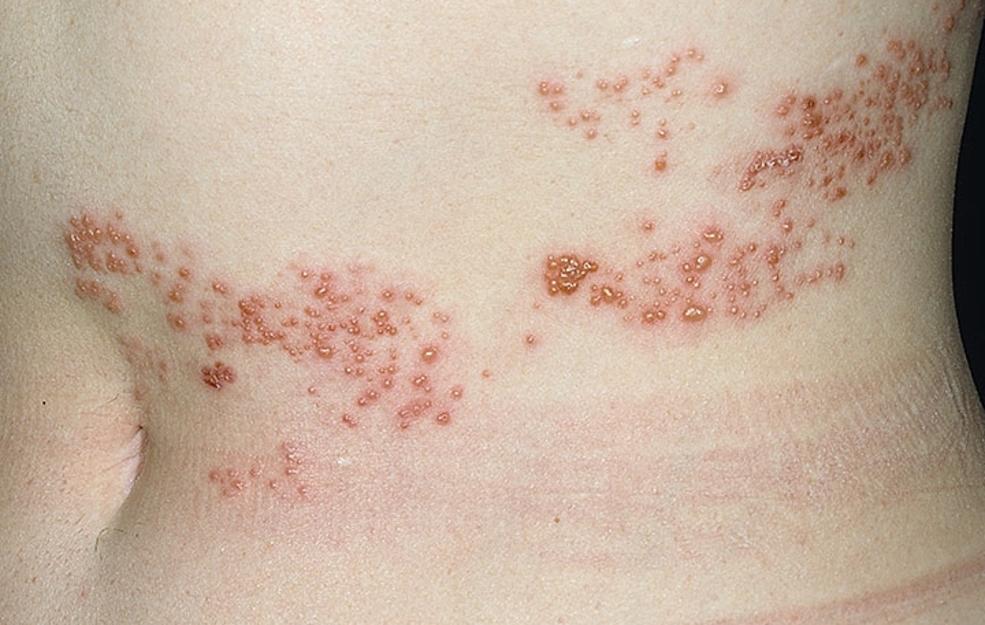
Shingles on Abdomen
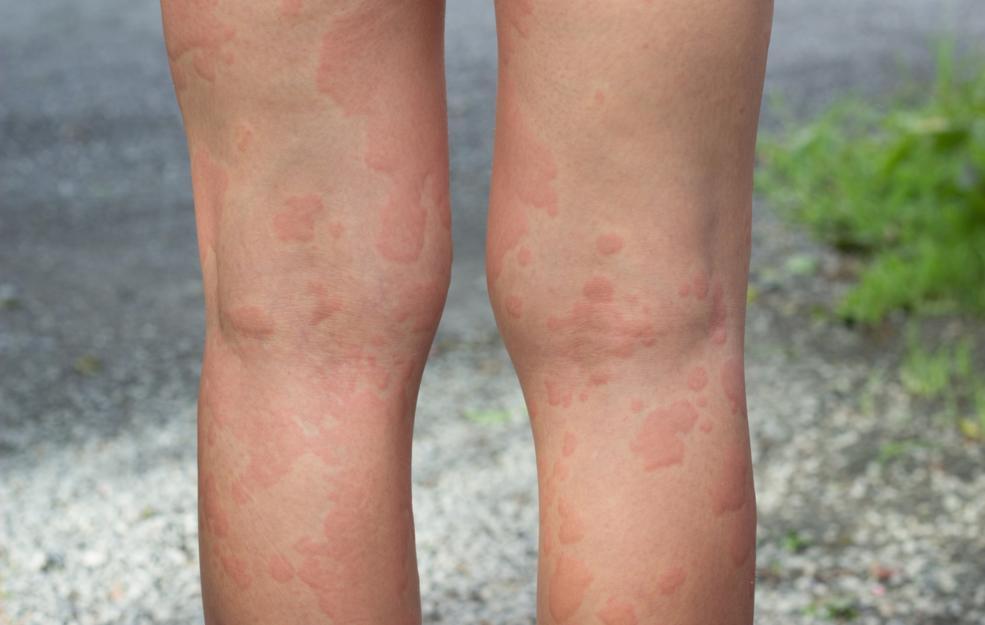
Shingles on Legs

Shingles Infection

Shingles on Child's Arm



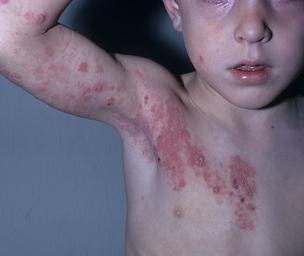


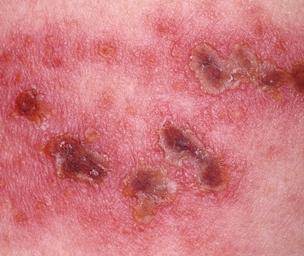



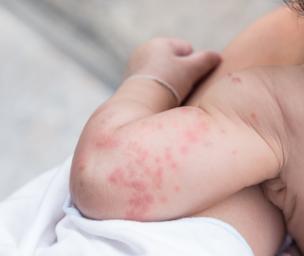











Shingles is an infection mainly caused by a biological virus. The disease requires precautions and timely medications. It occurs once in a life time.
A shingles plan is one of the most challenging health plans and needs the most care and caution. According to medical science, shingles affects one in every five persons, and it remains long-term throughout one’s life. A person can recover faster and without much difficulty if proper treatment is received on time.
Shingles is common and can be controlled if precautions are taken on time with medical care. Normally, the disease takes a few weeks to show symptoms and then slowly fades away on its own. For older adults and people with a weak nervous system, the disease may become complicated and thus will need more precautions.
What Is Shingles?
Shingles is an infection mainly caused by herpes zoster or varicella-zoster, the same type of virus that causes chickenpox, which is different from the herpes virus that causes cold sores. Nor is shingles contracted the same way as chicken pox. The viruses live mainly on the nerves and, sometimes, they root in the nerves next to the spinal cord during a chickenpox attack. These viruses become active only after years of silence and cause the shingles rash, which gets infected. Shingles does, however, spread the way chickenpox is spread, by touching blisters.
There is no specific cause of shingles; most of the time, it occurs due to a slight illness or stress that activates the shingles virus, which remains silent in the root of the vein. More often, strong medicines, such as cancer chemotherapy and steroid tablets, interact negatively with the body and can increase the risk of weakening the immune system and activating the shingles virus.
Reasons for developing Shingles -
Anyone who has had chickenpox can develop this infection. Once the person recovers from chickenpox, the virus remains inactive in the nerve roots near the spinal cord. This virus becomes active after a few years when the individual ages or the immune system becomes weak. The virus then moves through the nervous system and affects the skin. This virus, which gets reactivated, causes shingles. In some cases, if a person has not had chickenpox or has a low immune system, it’s possible for the person to contract this infection through contact with unscabbed blisters. However, if the blisters scab, it no longer stays contagious.
What Are the Symptoms of Shingles?
The symptoms of shingles are easily recognizable. The shingles virus affects the skin served by one or, occasionally, two or three nerve roots of the spine. It affects the skin on the upper portion of the body, including the face and neck. The main symptom of the disease are pain all over the skin in the form of a dull ache or stabbing acute pain with a burning sensation. Within the next two days, the skin develops a red rash that slowly blisters all over and scabs over the skin. It then takes a few weeks to fade away completely.
The pain lasts for more than four weeks. Most people recover well from shingles. The shingles disease happens once in a life time, but for people over the age of sixty, if they get the disease, it could last longer and result in a weak immune system, as well as body pain for a longer period of time. This pain is known as neuralgia. The person can recover earlier if the symptoms are addressed on time.
When shingles spreads all over the face and body, it reaches around the eyes and affects the skin near them. It is very important to get a medical check-up from time to time to make sure the infection does not go into the eyes.
What are the Treatments for Shingles?
Most of the time, treatment is not very effective and might not work well. The disease will take time and the symptoms will slowly settle on their own. Some people suffer more and might develop complications. In order to avoid these and not prolong the disease, consult a doctor the day you find any of the symptoms. Early consultations prevent a delay of medications and also encourage a faster recovery—within two or three days.
A person may have a higher risk of the disease under the following conditions:
- If you are above fifty years of age
- If you are taking tablets for the disease, but the medication affects your immune system
- If you have shingles on parts of the body other than the stomach or chest
- If you have severe, intolerable pain
There are simple measures one should follow to help overcome the disease:
- Do your best to remain calm and not get emotional
- Wear loose-fitting clothes
- Avoid cold temperatures
- Painkillers like Paracetamol can be taken under medical observation
Neuralgia—What Is It?
During an attack of shingles, most people suffer from nerve pain called neuralgia, which is acute pain in the nerves due to the virus attacking the nervous system. People who have a weak nervous or immune system feel the most severe nerve pain.
Neuralgia is the medical name for any type of nerve pain. A person can continue experiencing nerve pain even after the shingles rash goes away. People with diabetes have a higher chance of getting neuralgia (especially in the feet) more easily than other people. Trigeminal neuralgia is nerve pain that affects part of the scalp around the ears and face.
Shingles is a common disease that affects the body and weakens the nervous system, but it can be controlled and prohibited from causing physical damages if immediate medical attention is given to the patient. Body pain can also be reduced. For people with poor nervous systems, it is possible the disease might become complicated, so it needs to be treated with the utmost care and caution.
Prevention of Shingles
There are two vaccines available in the market that can be taken to avoid being affected with shingles. They are:
- Chickenpox vaccine: The varicella vaccine is now a part of the routing vaccine schedule given to children to protect them from chickenpox. Nowadays this vaccine is also prescribed for adults who have never been affected with chicken pox as a precautionary measure. This vaccine does not give guaranteed assurance, but it can reduce the intensity of the infection and complications.
- Shingles vaccine: The varicella zoster vaccine is now available in the market to help avoid being infected with shingles. Similar to the chickenpox vaccine, there is no 100 percent assurance that the virus will be cured, but it will reduce the duration and severity of the infection. This vaccine is normally prescribed for people who are over the age of 60. This vaccine is given as a single dose injection on the upper arm. The vaccine has certain side effects like redness, itchiness, and swelling. Some people also develop a rash near the injected area and get headaches. This vaccine is not beneficial to people who are already suffering from the infection. It is a live attenuated vaccine which helps boost the immune system and should be administered only once. Since this is a live vaccine, it is not advisable during pregnancy or for those with weak immune system. Once this vaccine is administered it helps prevent future recurrent shingles cases. Also the person is safe to be around children or pregnant woman.
Apart from the vaccinations, one should ensure to keep the shingles rash clean and covered. This will help prevent the virus to spread to other people who are at risk. Try not touching the blisters and ensure to wash your hand frequently.




